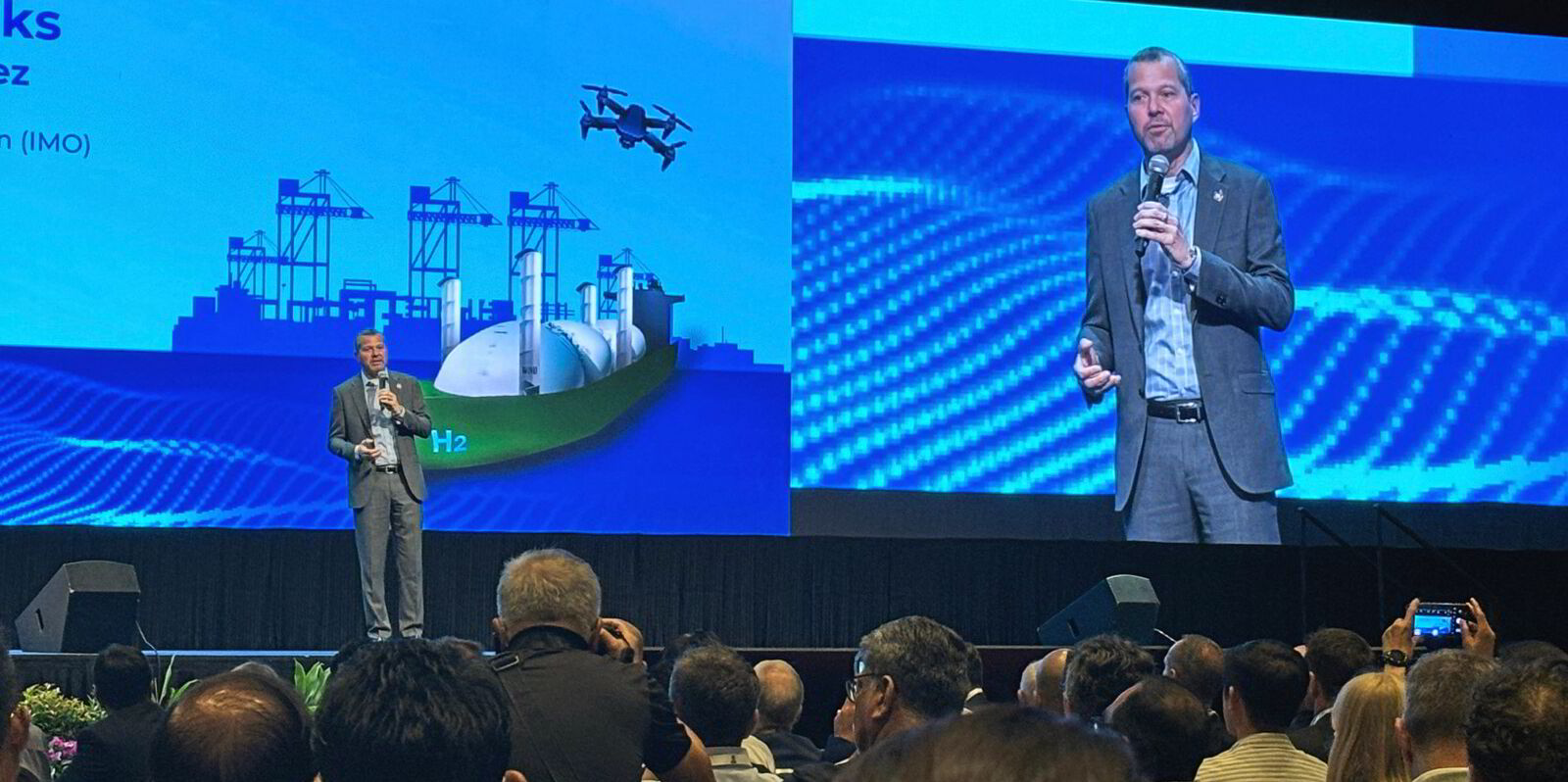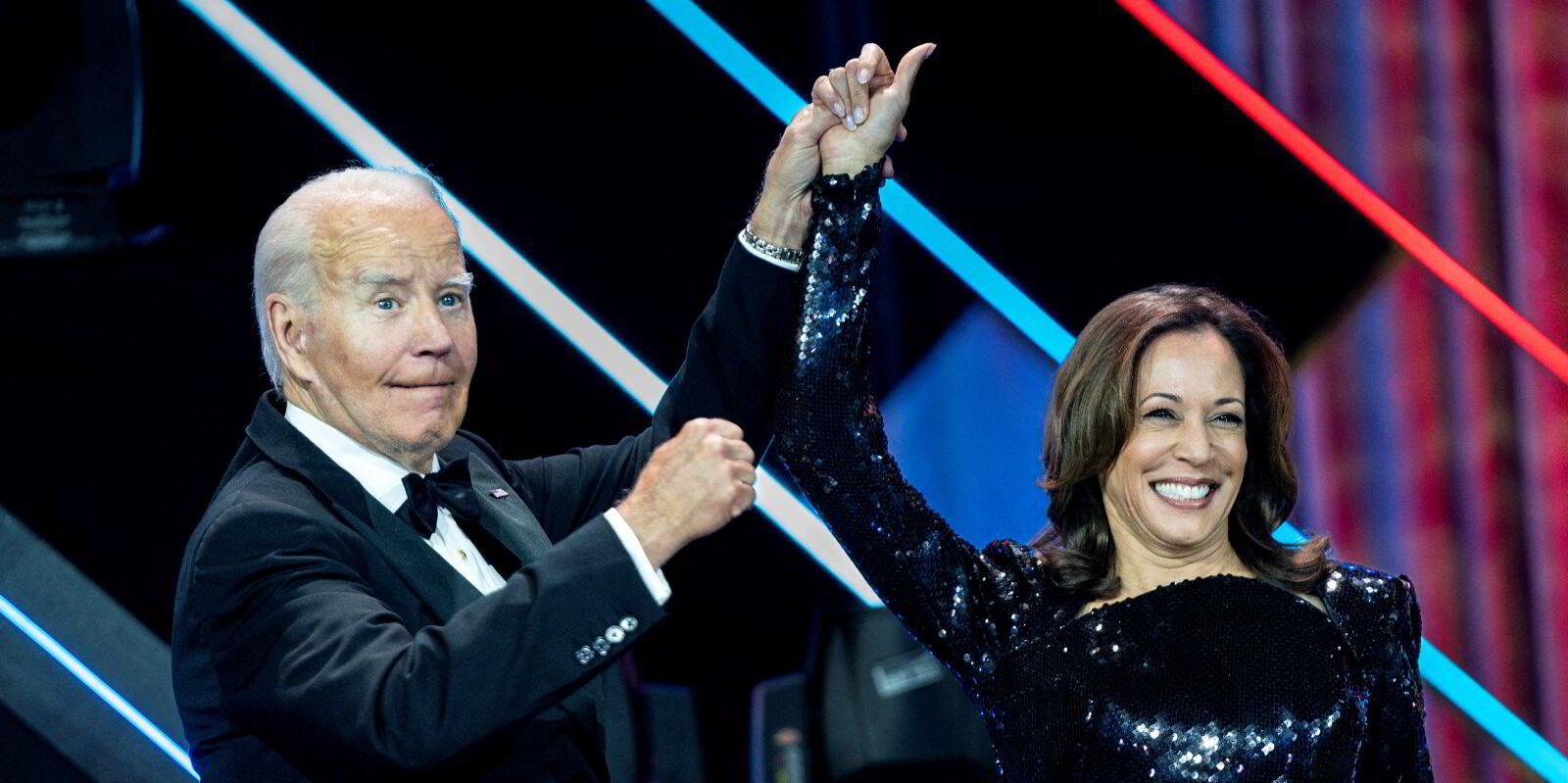Fleet operating costs could rise by up to 80% following the International Maritime Organization’s adoption of new rules to reduce shipping’s greenhouse gas emissions.
A DNV report for the IMO has assessed the impact of various proposals for market-based measures that have been put forward to the global shipping regulator’s Marine Environment Protection Committee.
These are proposals for an economic measure that would put a price on shipping emissions as well as a fuel standard that would limit the carbon intensity of fuels to help achieve the decarbonisation targets set by IMO member states for 2030, 2040 and 2050.
The assessment concluded that the cost intensity range for the global fleet, measured in US dollars per tonne-mile, is projected to increase by between 16% and 47% by 2030, 56% and 80% by 2040 and 71% and 85% by 2050.
Cost intensity includes the additional capital and operational costs across the fleet, fuel and regulatory expenses and any rebates.
The percentage increase is based on a business-as-usual scenario, which is set on current regulations and the industry’s decarbonisation goals.
The range of proposals examined consists of a levy, a feebate that would combine a levy with subsidies, and a flexibility mechanism linked to a greenhouse gas fuel intensity.
2030: To reduce the total annual greenhouse gas emissions from international shipping by at least 20%, striving for 30%, by 2030
2040: To reduce the total annual greenhouse gas emissions from international shipping by at least 70%, striving for 80% by 2040
2050: 100% reduction by or around 2050
In the DNV projections, a base scenario took the lower levels for 2030 and 2040 and the strive scenario the higher levels of ambitions for 2030 and 2040.
** reductions based on 2008 levels
The flexibility mechanism has been likened to the European Union’s FuelEU Maritime regulation, where vessels face financial penalties for failing to achieve emissions caps.
IMO members are under pressure to collectively finalise the measure, or mix of measures, that will be applied to the shipping industry.
The hope is members can agree on measures at talks in September and October before they are finally signed off in 2025 at the next MEPC meeting and an extraordinary MEPC meeting and come into force around 2027.
By then, the IMO will also have decided how any revenues collected will be disbursed across the industry and to member states, notably, those more negatively impacted by the chosen measure.
The work done by DNV was used by the United Nations Trade and Development, the agency known as UNCTAD, to determine the impact of the measures on member states.
Members of the IMO had insisted on the comprehensive impact assessments to help with their final decisions.
A special working group met last week to approve the reports, accepting the DNV assessment of the impact on the fleet, but not the UNCTAD report.
Sources told TradeWinds that there was some disagreement with the UNCTAD conclusion that the levy would not have as negative an impact on developing countries as originally thought.
Payback
With shipping costs rising by up to 80% on a dollar per tonne-mile basis, the amount that would be fed back to the industry in rebates or funds will vary from $17bn to $127bn a year if a levy or feebate mechanism is adopted. The flexibility mechanism combined with a carbon-intensity measure would raise between $2bn and $11bn per year.
The amounts decrease over time, and likely stop by 2040 as vessels are increasingly greener and thus feeding less money into a mechanism.
International Chamber of Shipping secretary general Guy Platten told TradeWinds it is clear that the decisions being made at the IMO in the coming months would have an impact on shipping’s cost intensity and the structure of the global fleet.
He pointed to a study by the ICS and Clarksons on the changing dynamics of the global fleet.
Greenhouse Gas Fuel Intensity (GFI) is a mechanism using annual well-to-wake greenhouse gas emissions or tank-to-wake greenhouse gas emissions, with sustainability criteria, per energy unit used. The GFI is determined by the IMO’s methodology. There are multiple variants of this idea, with route-based differentiation and correction factors for eligible ports. There is also a range of approaches to managing the well-to-wake emissions associated with a GFI based on tank-to-wake emissions associated directly with the vessel, including correction factors and timelines for the phase-out of certain fuels.
GFI Flexibility — also known as compliance pooling and trading — provides participants with an alternative means of complying with the GFI requirement. It allows the trading of compliance units among participants who have a surplus or a deficit of compliance units as computed in comparison with the emissions that would have been generated by the ship had a GFI-compliant fuel been used. A compliance unit is a mass of carbon dioxide equivalent (CO2e). There are two versions of this idea. In the first, the complying entity is the vessel; in the second, the complying entity is a pool of vessels. In this proposal, there is also a revenue body that buys surplus compliance units if their market price falls below a pre-determined amount. It can sell surplus compliance units if the market price goes above a pre-determined amount.
Levy/fee is a system in which a levy is charged on all emissions produced by a ship (US dollars per tonne of CO2e). This is collected by a revenue body. Amounts are then disbursed for multiple purposes, including a reward for vessels that use eligible fuels. The reward is a predetermined amount per unit of energy from eligible fuels used. By implication, with the levy and reward fixed, the funds available for other purposes must float as the balancing item in the budget.
Feebate is broadly similar to the levy system, with the exception that the levy rate is the floating item used to balance the budget.
“If you look at all the reports, including the report we produced on the number of ships that would be required to transport hydrogen fuel, you see differences in the outcomes,” he told TradeWinds.
“In our hydrogen report, you could see a massive variation, with anything between 83 and 411 new ships required by 2050 to transport just 30m tonnes of hydrogen.”
The ICS has submitted its own feebate proposal submitted to the IMO in partnership with Liberia and the Marshall Islands. The World Shipping Council has its own feebate proposal called a Green Balance Mechanism.
Platten said whichever solution is chosen it needs to be simple, transparent and workable for all involved.
“Our proposals are based on years of analysis and thinking over nearly a decade, and we are glad that the principal conclusion of these exercises also agrees that we need a ‘levy-based’ maritime GHG emissions pricing mechanism to have any chance of meeting our decarbonisation goals,” he said.(Copyright)







